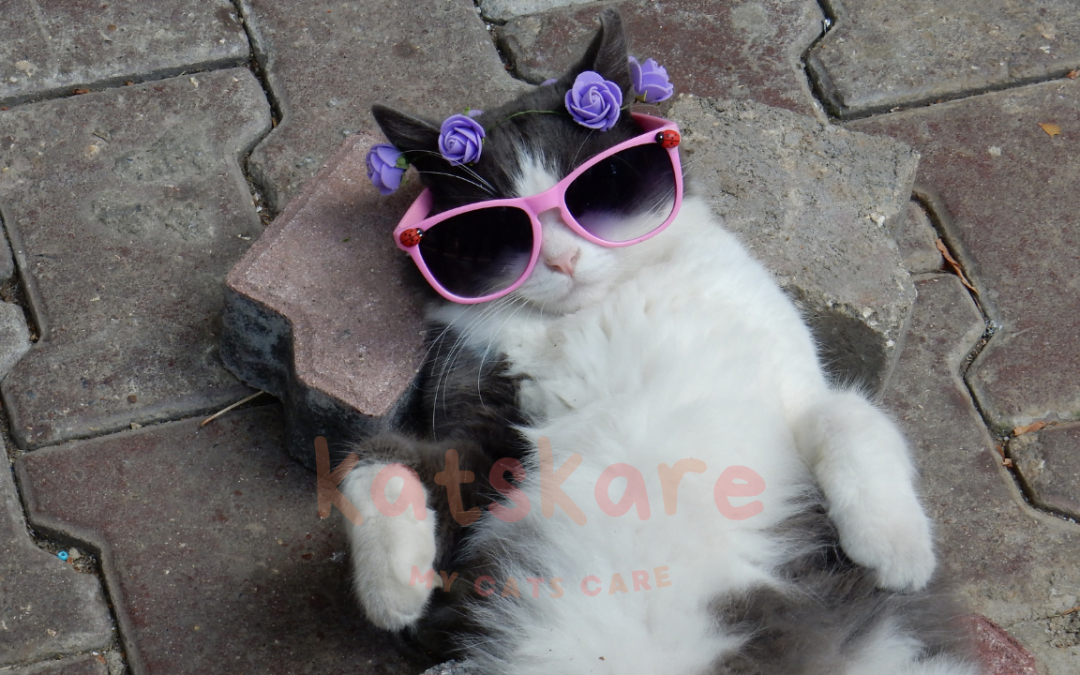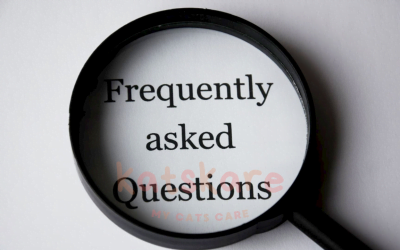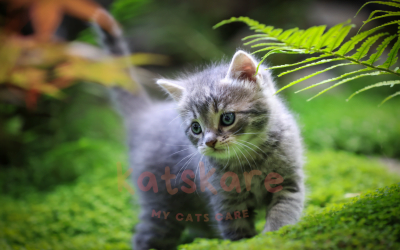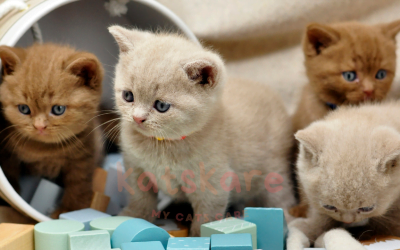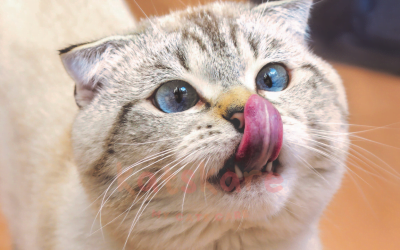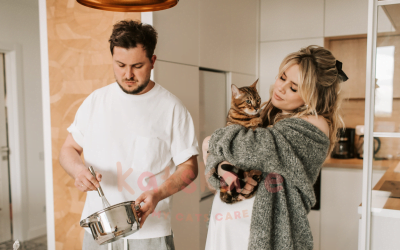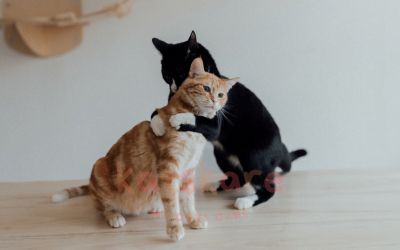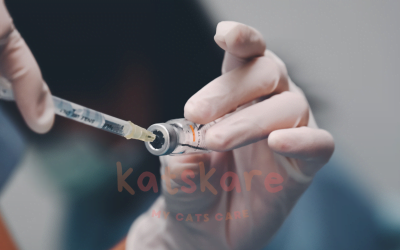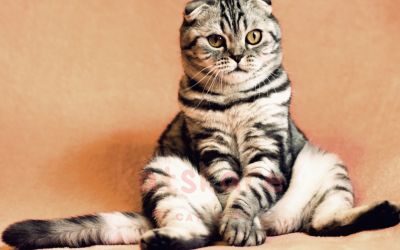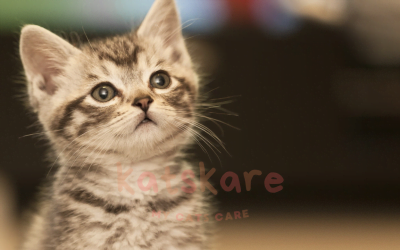Are you a new cat parent who is trying to understand your kitten’s body language? Cats communicate mostly through body language, so it’s important to pay attention to how your kitten is expressing himself.
Here are some of the most common signals and what they mean.
Ears:
Ears are a great indicator of a cat’s mood. When your kitten’s ears are pointing forward, it’s a good sign that he is alert, curious and friendly. If his ears are laid back or flattened against his head, this is a sign that he is scared or feeling threatened.
Tail:
A happy and relaxed cat will typically have a tail held high and swaying from side to side. If your kitten’s tail is tucked underneath him, this could mean he is feeling anxious or uncomfortable. A rapidly twitching tail is often a sign of aggression.
Purring:
Purring is usually a sign that your kitten is content and happy. It can also be a sign that he is seeking attention or comfort, so it’s important to respond to him when he’s purring.
Kneading:
Kneading is often seen in cats when they are feeling relaxed and content. It is usually accompanied by purring and can be a sign that your kitten is seeking attention or comfort.
Meowing:
Meowing is a way for cats to communicate with people. They may meow to get your attention, to ask for food, or just because they want to talk to you.
It’s important to take the time to understand your kitten’s body language so that you can better
communicate with him. Be sure to pay attention to his ears, tail, purring, kneading, and meowing to get an idea of how he is feeling and what he is trying to tell you.

